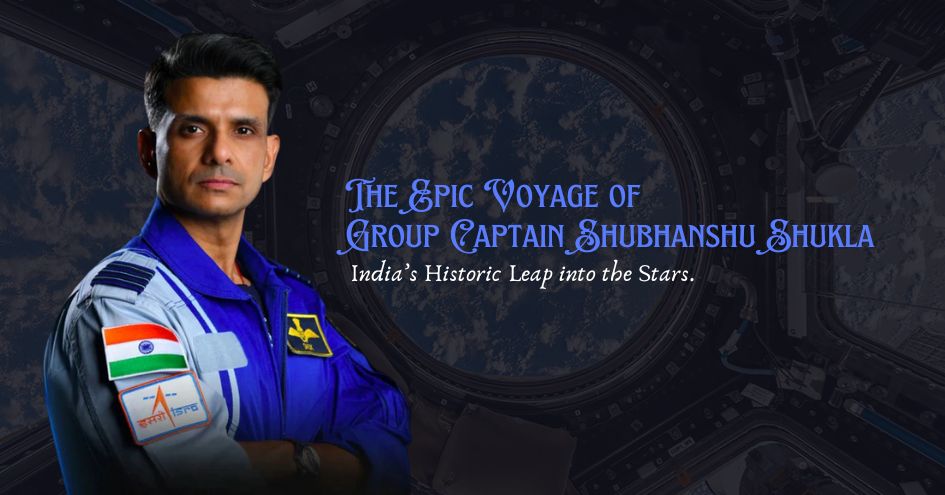
The countdown has begun, if all goes well, on 10 June 2025 at 5.52 PM IST, the atmosphere at NASA would be tense as the world will hold its breath. The towering Falcon 9 rocket, gleaming under the Florida sky, will stand ready for liftoff—its powerful engines poised to carry Group Captain Shubhanshu Shukla, India’s latest space pioneer, on a journey that would cement his name in history.
This is not just any mission. This is Axiom Mission 4 (Ax-4)—the fourth private astronaut mission to the International Space Station (ISS) from where Sunita Williams departed after spending an unexpected 286 days there. At the heart of it will be Shukla, a decorated Indian Air Force officer, test pilot, and astronaut-designate for India’s Gaganyaan mission. As he adjusts his flight suit inside the SpaceX Dragon spacecraft, his thoughts are on the 1.4 billion Indians he represents.
A Thrilling Launch into the Unknown
At T-minus zero, the Falcon 9 ignites with an earth-shaking roar, thrusting the Dragon capsule toward the heavens. As the vehicle pierces through the dense atmosphere, flames and vapour trailing in its wake. Inside, Shukla and his international crew-mates,
They would feel the intense pressure of acceleration before breaking free into the silent embrace of microgravity.
"India, I am flying!" Shukla would excitedly shout on the radio with a beaming smile on his face. Forty years after Wing Commander Rakesh Sharma’s historic journey, India was back among the stars.
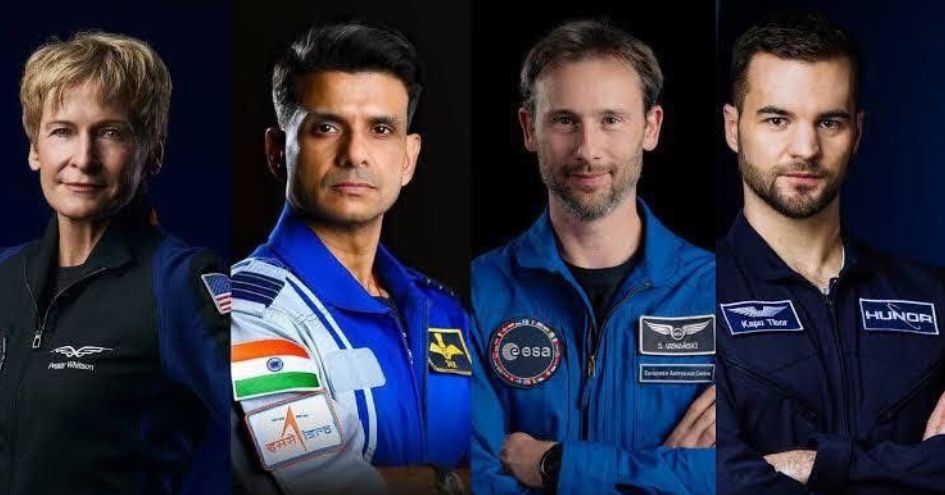
Docking with Destiny: Arrival at the ISS
Phase 1
After a precise 36-hour orbital chase, Dragon would reach the ISS—humanity’s outpost in the sky. The targeted docking time is approximately 12:30 pm EDT (10 pm IST), on Wednesday, June 11. The capsule, now coasting in a lower orbit, begins a precise orbital catch-up to the ISS. Like a cosmic game of cat and mouse, Dragon trailed the station by hundreds of kilometres but slowly gained altitude with carefully timed engine burns. The First Phasing Burn would adjust the Dragon capsule's trajectory. The second Burn would circularise the orbit to match the ISS’s path. The navigation is autonomous, powered by ultra-sensitive star trackers, inertial measurement units, and GPS guidance. Back on Earth, millions would be watching live as ground control fed telemetry updates—each number signalling perfection, each second ticking toward glory.
Phase 2: Approach Initiation
At a distance of 400 meters, Dragon shifts from “free drift” to active control mode. Cameras aboard the ISS would pick up the glowing white capsule—a dot growing steadily larger, gliding silently against the blackness of space. The Dragon’s onboard computer began laser-guided tracking of the ISS’s docking port using its LIDAR system. Thrusters would make minute adjustments, trimming velocity to just a few centimetres per second. Inside the capsule, the Ax-4 astronauts are strapped in, focused and silent. Group Captain Shukla floats beside the commander, monitoring manual override switches—ready to take control if needed.
Phase 3: The Hold Point at 20 Meters
At precisely 20 meters, Dragon pauses, hovering like a spacecraft in a sci-fi film. This is the final go/no-go checkpoint. Ground control in Houston gives the green light. The ISS crew, watching from the Cupola, gives a visual go. Commander Whitson nods. “Proceeding with the final approach.”
All systems are green. India is seconds away from docking with the ISS.
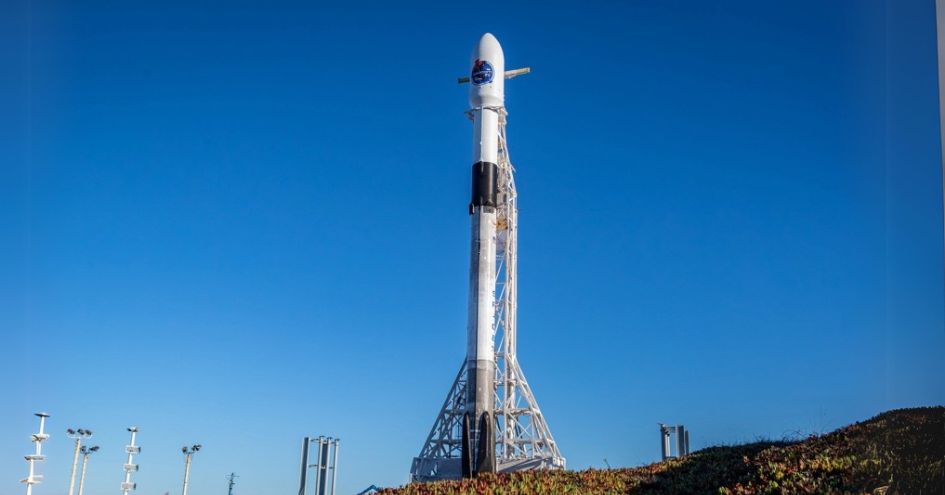
Phase 4: Final Approach (20m to 0m)
The capsule inches forward at just 10 cm/s, gliding precisely toward the forward docking port on the Harmony module. Now every sensor, every thruster pulse, every line of code matters. As Dragon closed to 1 meter, the docking ring extended. A gentle metal-on-metal kiss occurred, and with a muted “clunk”—Dragon made contact.
Phase 5: Soft Capture and Hard Docking
Soft Capture: Hooks on the ISS reach out and grabs the Dragon’s ring. Then comes the hard docking sequence—latches engaged, airtight seals pressed tight and mechanical bolts twisted to create a pressurised vestibule between the two spacecraft. This being done, Ax-4 is now part of the International Space Station.
Phase 6: Hatch Opening – The Grand Welcome
With air pressure equalized, the final moment arrived.
The hatch swings open, and one by one, the astronauts float through to the ISS.
Peggy Whitson—returning hero to ISS enters first, the way she has spent 675 days in space across multiple missions, including three long-duration stays on the International Space Station.
Followed by Tibor Kapu—Hungary’s first ISS visitor, next enters Sławosz Uznański—Poland’s hope in orbit.
And finally, with eyes wide and the Indian flag on his sleeve, Group Captain Shubhanshu Shukla enters the ISS. The crew of Expedition 71 on ISS would greet them with cheers, applause, and the warmest welcome in the void of space.
A Nation Docked with the Stars
As Shukla floats aboard, he looks out at Earth, now just a shimmering blue orb below. India isn’t watching him. India is with him. The docking is more than a mechanical milestone—it is a spiritual moment, a symbol of India’s place among the stars.
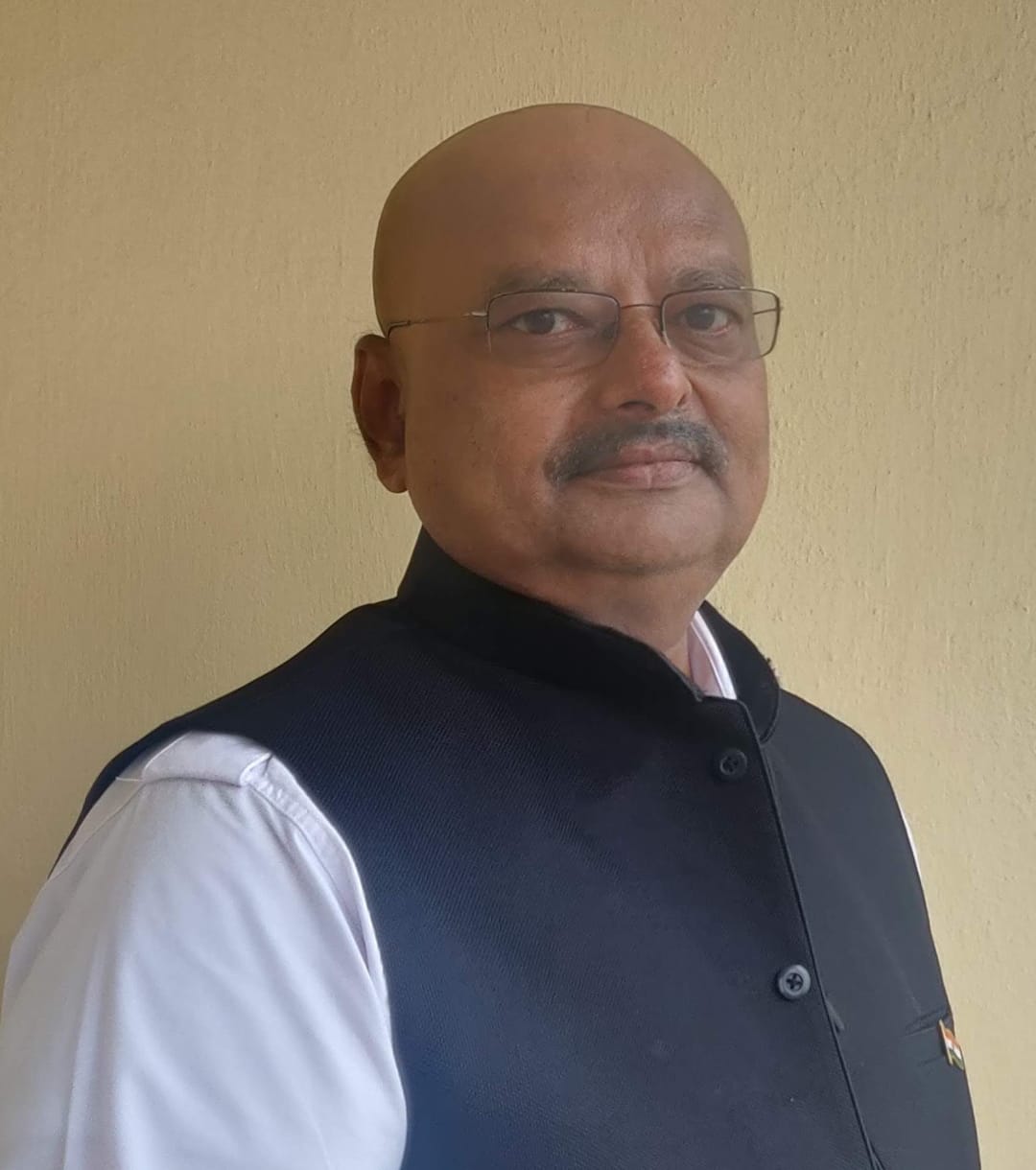 Wing Commander BS Sudarshan is a former Indian Air Force pilot with over 12,000 flying hours. He participated in Operation Pawan and Operation Cactus before he transitioned to civil aviation. A passionate writer, he has authored six books, including "Hasiru Hampe", appreciated by S L Bhyrappa, and the latest "Evergreen Hampi". He is a regular contributor to the Verandah Club.
Wing Commander BS Sudarshan is a former Indian Air Force pilot with over 12,000 flying hours. He participated in Operation Pawan and Operation Cactus before he transitioned to civil aviation. A passionate writer, he has authored six books, including "Hasiru Hampe", appreciated by S L Bhyrappa, and the latest "Evergreen Hampi". He is a regular contributor to the Verandah Club.
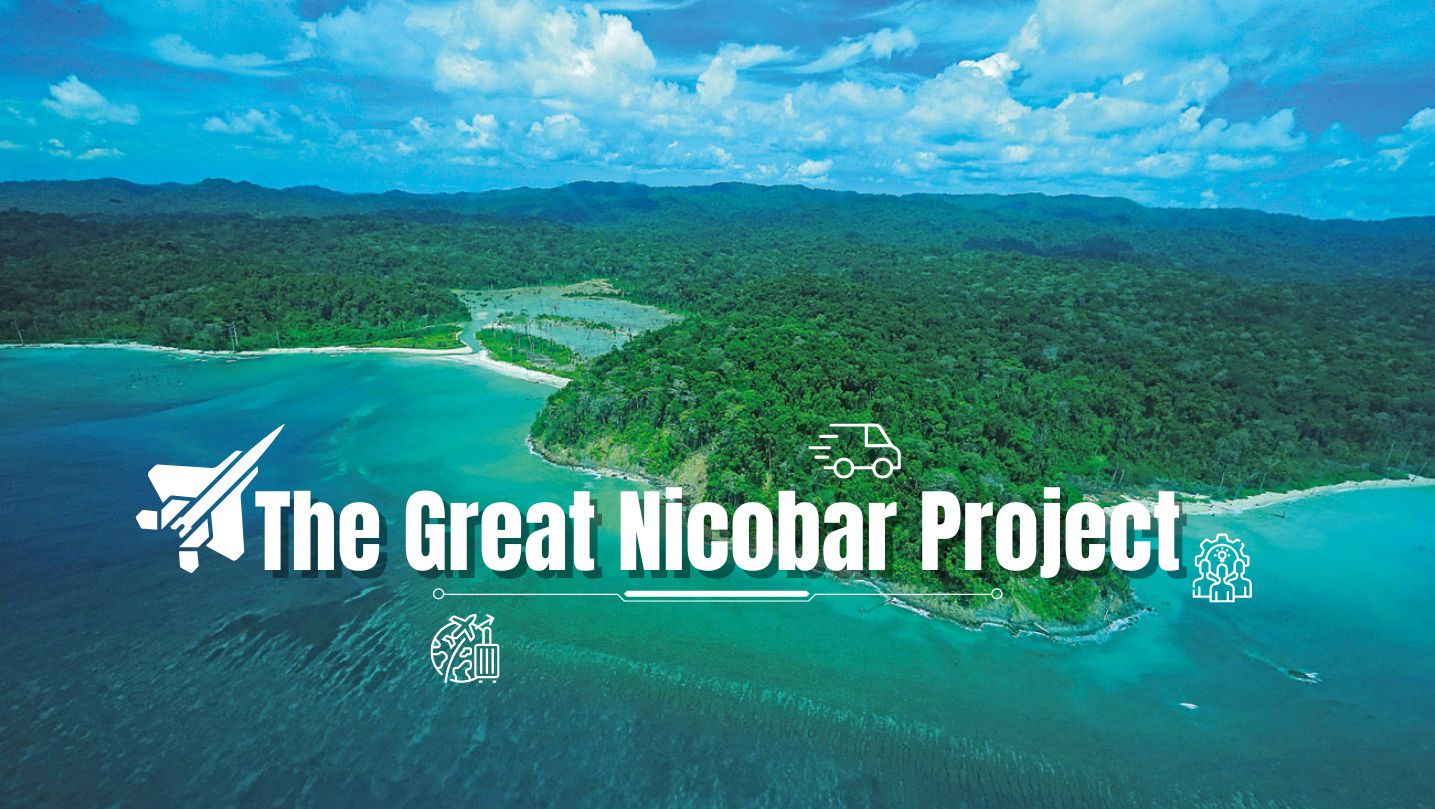
At the southernmost tip of this mesmerising ensemble lies the majestic Great Nicobar Island, boasting an impressive landmass of about 910 square kilom...
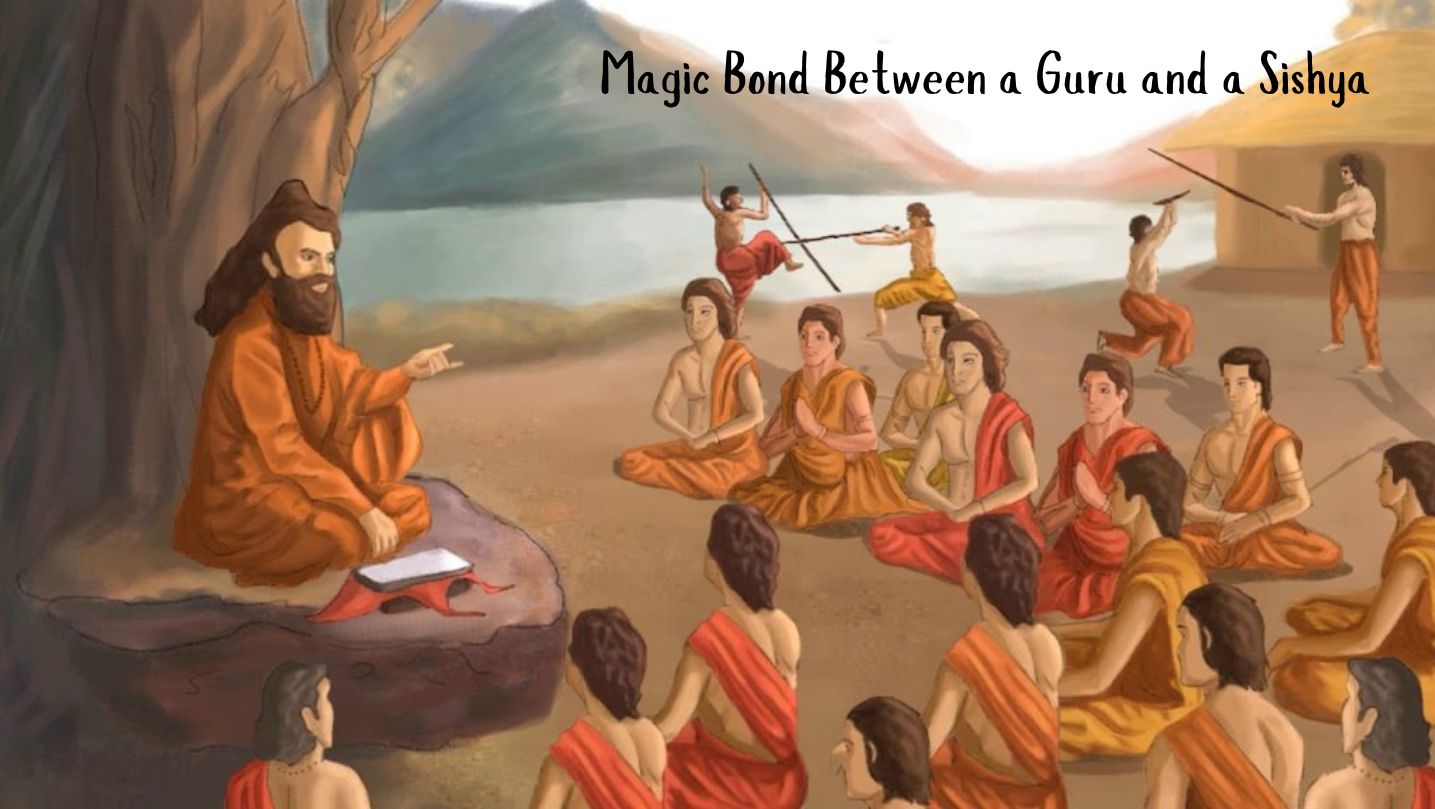
Bharath has always been a land traversed by spiritual masters/ Guru since time immemorial. These spiritual masters have always upheld the core princip...

South India contains its fair share of unique pilgrimage centres. These divine places of worship have a prominent Sthala Purana, devoted followers, di...